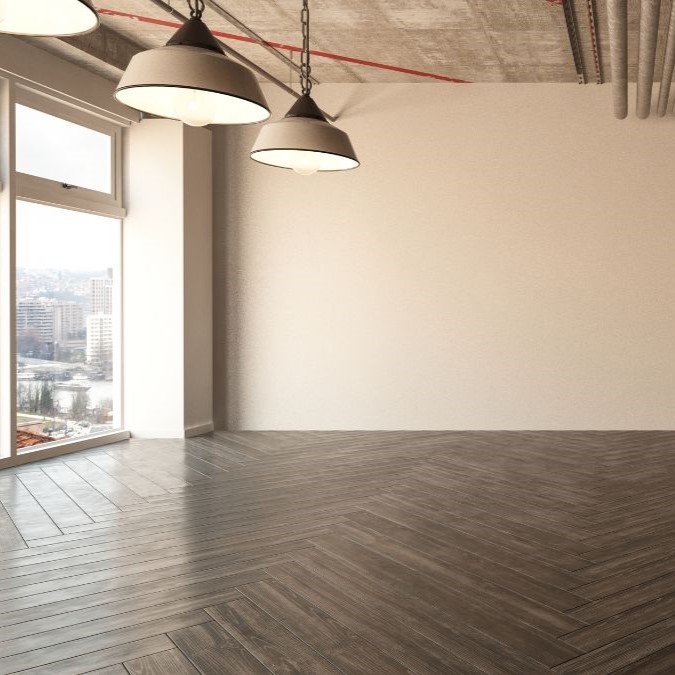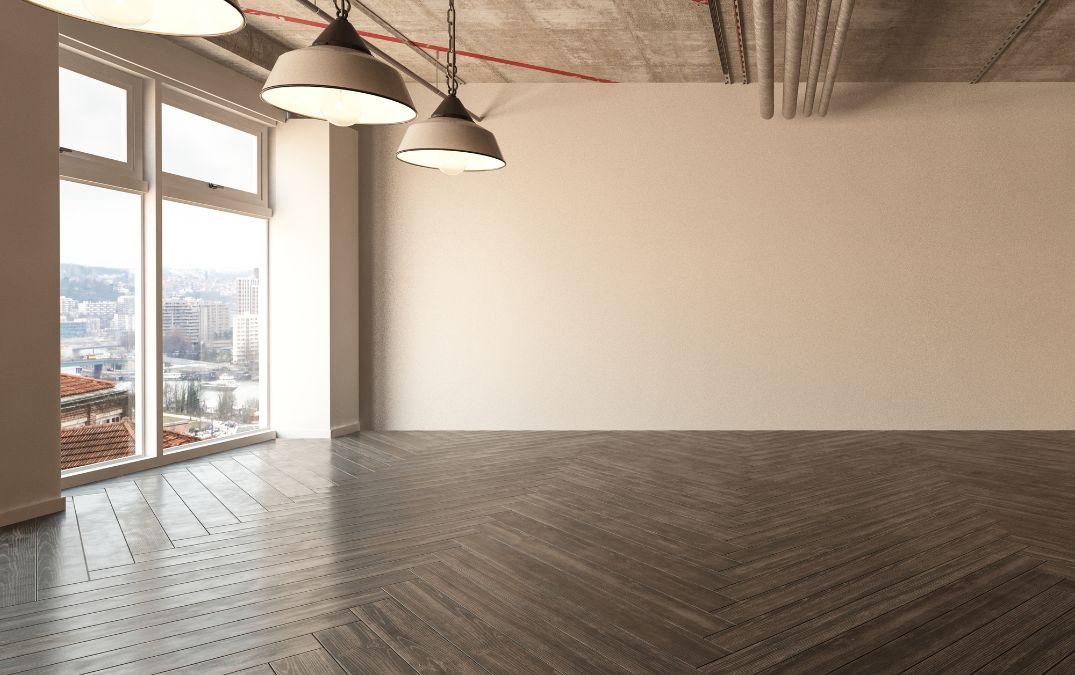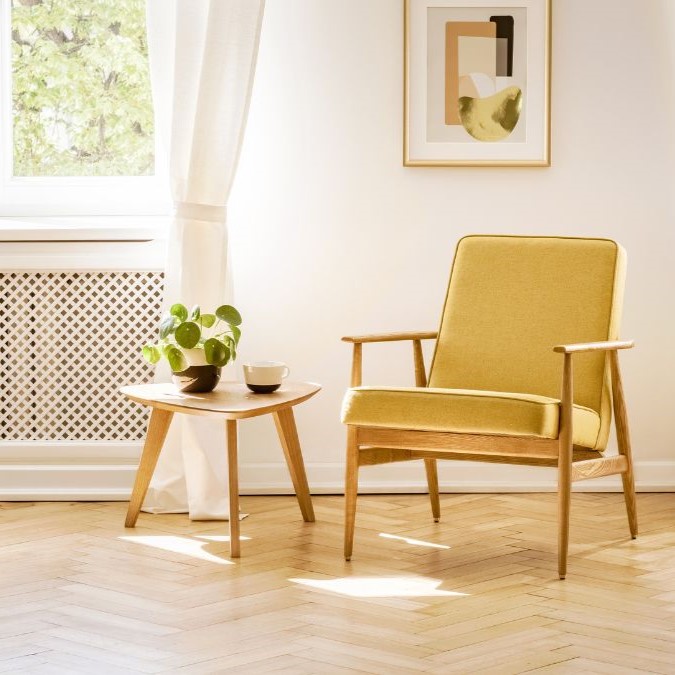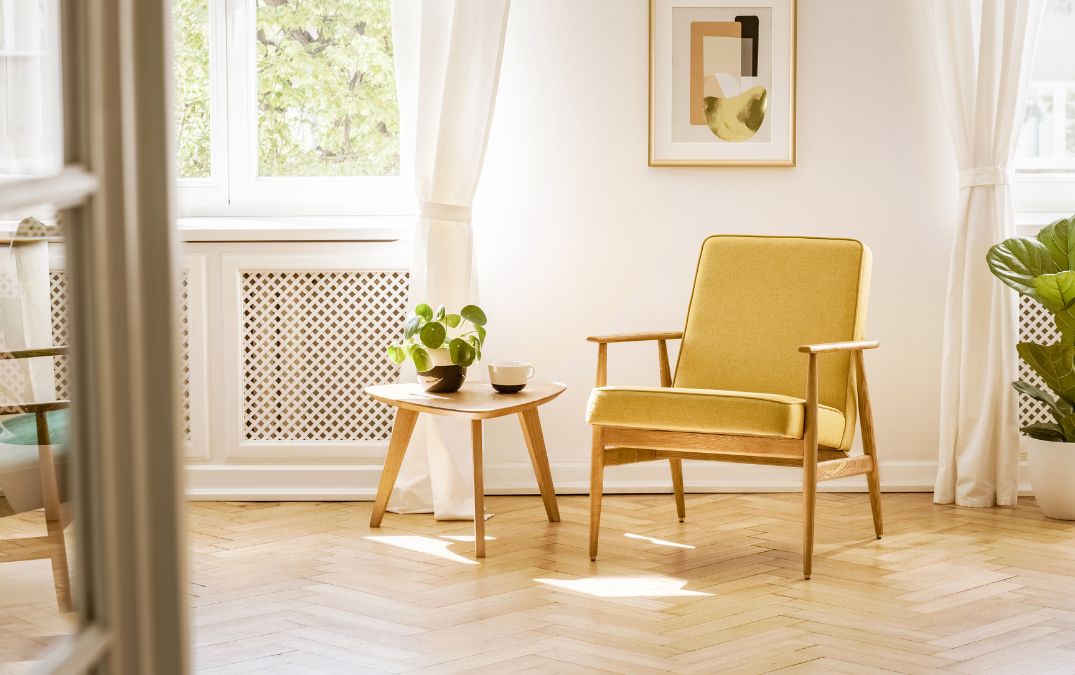Does herringbone flooring make a room look bigger?
The V-shaped design naturally draws the eye along the zigzag lines, which can make the space appear larger and more expansive. Unlike traditional straight laid planks that simply follow the length or width of a room, herringbone’s intricate layout adds depth and dimension. This visual trickery can be particularly effective in smaller rooms or narrow spaces, where the pattern can help break up the space and prevent it from feeling cramped or confined.
The diagonal lines of herringbone flooring can lead the eye from one corner of the room to the opposite, creating an illusion of more floor space. This optical effect can make a narrow hallway appear wider or a compact living room feel more open. The repetitive nature of the pattern also plays a role; it keeps the eye moving, which can make the room feel more dynamic and less static.



